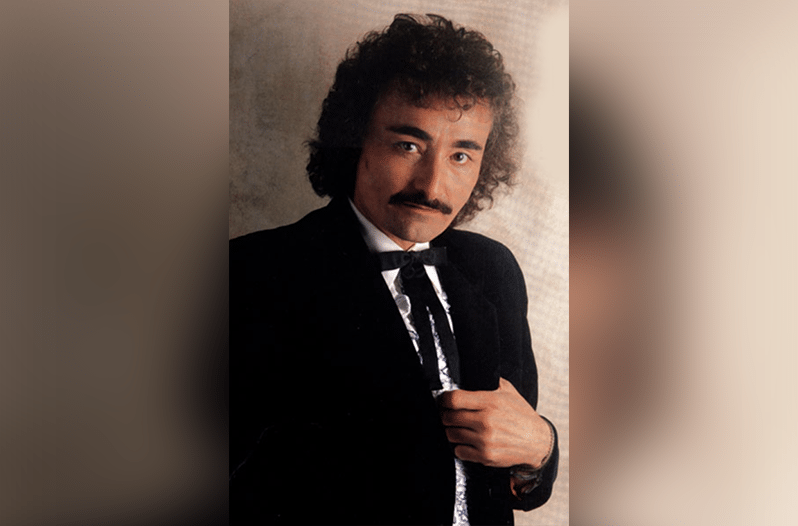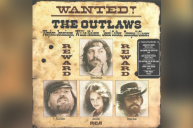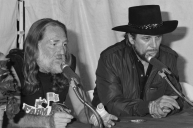Jim Glaser, one-third of the Glaser Brothers alongside Chuck Glaser and his better-known brother Tompall Glaser, worked on the ground level of what became known as outlaw country. The brothers from Spalding, Nebraska's fingerprints all are over the Country Music Hall of Fame's Outlaws and Armadillos exhibit. Tompall's appearance on Wanted! The Outlaws alongside Willie Nelson, Waylon Jennings and Jessi Colter immortalized the brothers' surname, but that barely scrapes the surface of their shared legacy as country music artists. The behind-the-scenes Glasers finally got a hit of their own when Jim topped the charts with "You're Gettin' To Me Again."
Videos by Wide Open Country
A Family First
For a long time, Jim's reputation as a Marty Robbins backup singer and a member of Tompall & the Glaser Brothers relied more street cred than chart positions. That changed with the 1983 release of the Woody Bomar-produced solo album The Man in the Mirror. Six of its songs cracked the Billboard top 30, with "You're Gettin' to Me Again" claiming the number one spot on the Hot Country Singles chart on Sept. 15, 1984 -- making it the hit in between Dolly Parton's "Tennessee Homesick Blues" and Merle Haggard's "Let's Chase Each Other Around the Room."
It became the first and only chart-topping single performed by a Glaser, although the brothers did combine forces to take a 1981 cover of Kris Kristofferson's "Loving Her Was Easier" to number two.
While Jim had a hand in writing Gary Puckett and the Union Gap's "Woman, Woman," Skeeter Davis' "What Does It Take" and other memorable songs, his biggest solo hit was a written by others. Pat McManus and Don Tolle co-wrote Jim's lone number one. It was his second consecutive Top 10 hit -- prior single "If I Could Only Dance With You" stalled at 10.
An Outlaw Settles Down
If you've never heard it before, don't expect a jagged outlaw anthem. It's pure country pop, the type that's three additional vocal parts from being an Oak Ridge Boys song from when they sported perms and wore Cosby sweaters. That's not a put-down, as some really well-crafted songs fit that description. This is one of the good ones, sung by the right talented and dynamic voice to overcome early '80s production woes and make something that still sounds fresh. Its b-side "Stand By the Road," the handiwork of songwriter Tony Arata, is another example of '70s soft rock's influence on early '80s country tracks. Both are worth adding to your vinyl DJing selection, even if neither will get confused with the Glaser's earlier work.
A Lasting Hit
Jim's two-year run of success culminated later in 1984 when "Let Me Down Easy" reached the 16 spot on the American country music charts. By the time the Academy of Country Music named the veteran performer its Best New Male Vocalist for 1984, his commercial peak had just about come and gone.
Although Jim's solo fame faded as the '80s progressed, the song endures as one of the era's better singles. Lorrie Morgan later revisited its lyrics, spelling it "You're Getting to Me Again" and introducing a new version of an underrated lyrical masterpiece.




